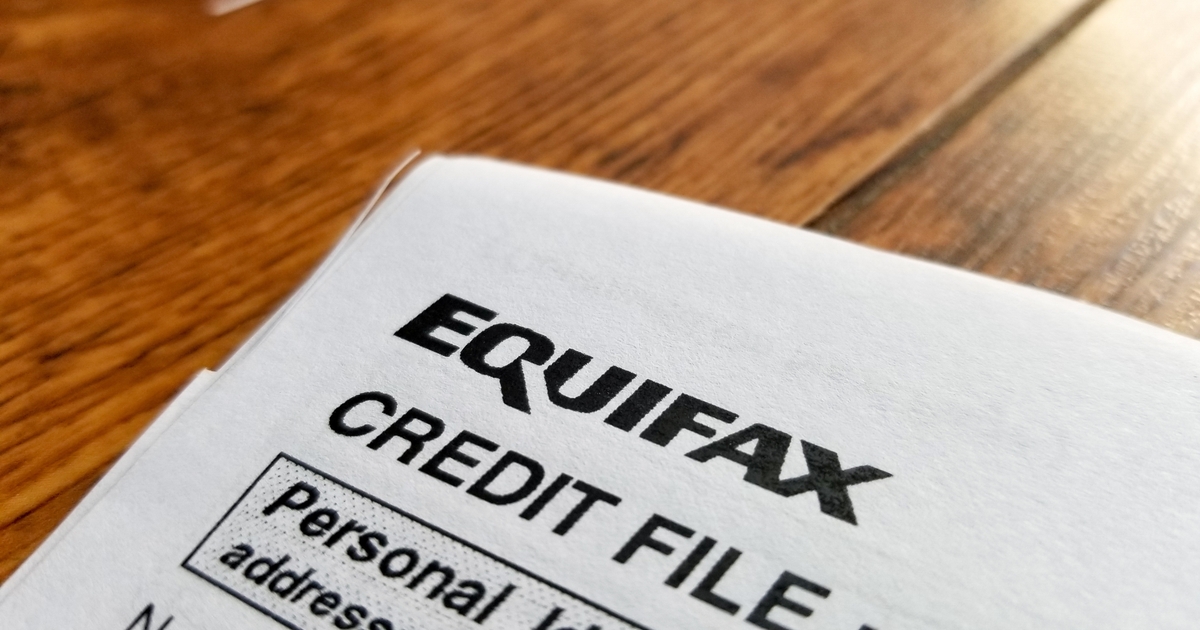Source: site

Auto dealers saw a welcome shift in credit accessibility in February, with the Dealertrack Credit Availability Index hitting its highest point since December 2022. The All-Loans Index reached 95.9, marking a month-over-month improvement and a 3.0% increase year over year, signaling better financing conditions for many consumers – particularly in the used-vehicle market.
Anecdotal reports indicate many consumers are moving ahead with car buying plans to beat potential tariffs that analysts expect will raise both new and used car prices. Plus, the Federal Reserve indicates it will maintain the target range for federal funds at 4.25 to 4.5%, so no decrease in interest rates is immediately forthcoming.
In response, auto loan approval rates increased in February. Analysts tell WardsAuto that such increases often happen in the first months of the year as buyers receive their income tax refunds and can afford larger down payments. These lower monthly payments, making lenders more willing to extend credit to non-prime consumers.
However, the credit landscape remains complex, with new-vehicle loans tightening, yield spreads widening and down-payment requirements rising, all of which are tempering the good news, according to a report by Jonathan Gregory, senior manager of Economic and Industry Insights for Cox Automotive, the parent company of Dealertrack.
Used-Vehicle Financing Gains Momentum
The most significant loosening in credit is within the used-car market, especially at franchised dealerships. Dealers may see a boost in customer approvals as:
-
Approval rates increased by 10 basis points (BPs), indicating a marginally more favorable lending environment.
-
Subprime loan share surged by 150 BPs, suggesting lenders are willing to extend financing to riskier borrowers.
-
Loan terms exceeding 72 months grew by 50 BPs, allowing more buyers to stretch payments over time.
For used-car dealers, these shifts could translate into increased sales, especially as affordability challenges – which may accelerate if the Trump Admin. enacts proposed tariffs – push more buyers toward the pre-owned market.
New-Vehicle Loans Tighten Amid Mixed Lender Trends
The Dealertrack report indicates another downside for dealers, especially as tariffs loom, is that new-vehicle financing saw slight tightening. This was largely due to:
-
Captive lenders becoming more restrictive, while auto-focused finance companies loosened access.
-
Higher down payment requirements (+10 BPs), increasing upfront costs for buyers.
-
Rising negative equity (+110 BPs), meaning more trade-ins are underwater, complicating new-car deals.
Dealers should note non-captive lenders showed the most significant credit loosening for new vehicles, providing an opportunity for dealers who can help customers find alternative financing.
What It Means for Dealers
The latest credit trends highlight a mixed but generally improving lending environment. While used-car financing continues to loosen, dealers should consider the higher risks associated with rising subprime lending and longer loan terms. Meanwhile, dealers selling new vehicles may need to prepare for more selective lending standards and work closely with non-captive lenders to secure approvals.
As always, industry analysts say balancing sales growth with risk awareness is key in navigating the evolving auto credit landscape.




